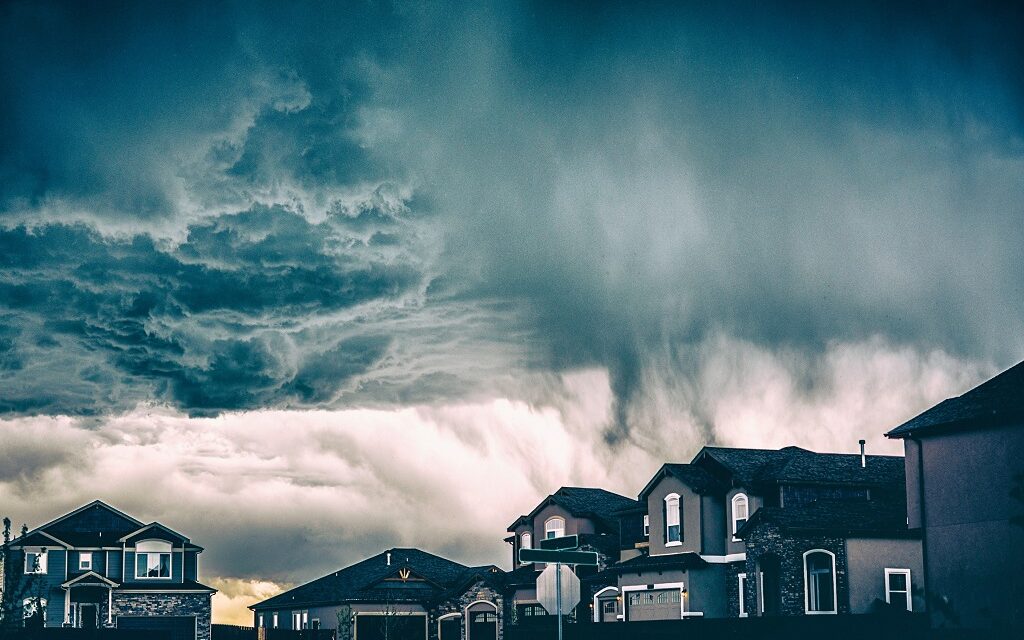Storms are a natural occurrence that can often cause anxiety for many homeowners on a recurring basis. Whether it’s the storm itself, or the potential damage it may cause to homes and properties, major storms tend to be a source of high levels of stress for those who own real estate.
Though your entire property is at risk during a powerful storm, one of the most vulnerable areas is your roof. Damage to a roof during a storm can lead to significant problems, including leaks, structural damage, and even collapse.
In this article, we discuss the different types of major storms and how they can cause damage to your roof and home. As each type of storm comes with its unique challenges, we explore specific roof types and traits that are best suited to protect your home from each type of major storm.
Homeowners living in a new climate zone or in the process of purchasing a new home in a new climate area will find this information especially helpful, as will those homeowners living in a home with a new roof type.
Best Roof Types to Prevent Damage by Storm Type
Also see:
- Building Technologies for Disaster Resistant Homes
- If You Own a Fireplace, You Need to Read This
- Firescaping: How to Protect Your Home with Fire Resistant Landscapes
- More Recommended Safety & Protection Articles
- Related Topics: Construction | Protection | Maintenance | Energy Efficiency | Curb Appeal | Winter
Hurricanes
Hurricanes are one of the most damaging types of storms and can cause extreme destruction to your home. According to the NOAA Office for Coastal Management, hurricanes (also known as tropical cyclones), when compared to 310 billion-dollar weather disasters during the period of 1980-2021, caused the most damage. These hurricanes caused over $1.1 trillion in total damages which equated to an average cost of $20.5 billion per hurricane event.
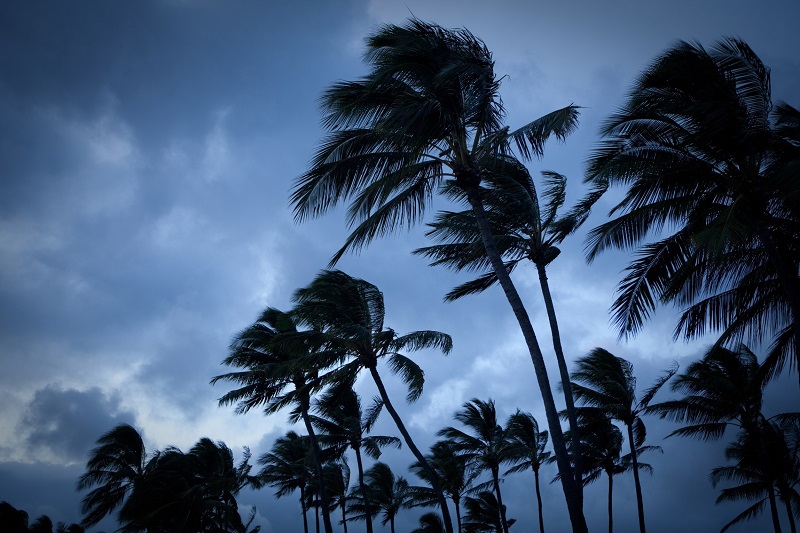
The impact of hurricanes in the US are most commonly experienced along the Atlantic coastline and the shoreline of the Gulf of Mexico, with Florida having the highest risk.
- Damage Caused by Hurricanes
- Best Roof Types for Hurricanes
- How to Protect Your Roof from Hurricane Damage
Damage Caused by Hurricanes
Hurricanes are one of the most destructive types of storms, with high winds, heavy rain, and storm surges that can cause catastrophic damage to homes and communities. The powerful winds of a hurricane can rip shingles off a roof, causing leaks and exposing the interior of the building to the elements.
In extreme cases, the wind can even tear off the entire roof of a building, leaving it completely exposed. Additionally, heavy rain associated with hurricanes can saturate the roof and lead to major water damage and leaks.
Best Roof Types for Hurricanes
Metal Roofs
Metal roofs, compared to asphalt roofs, are one of the best options for combatting hurricanes as they are highly durable and can withstand high winds and impact from debris. They also have a long lifespan and require minimal maintenance.
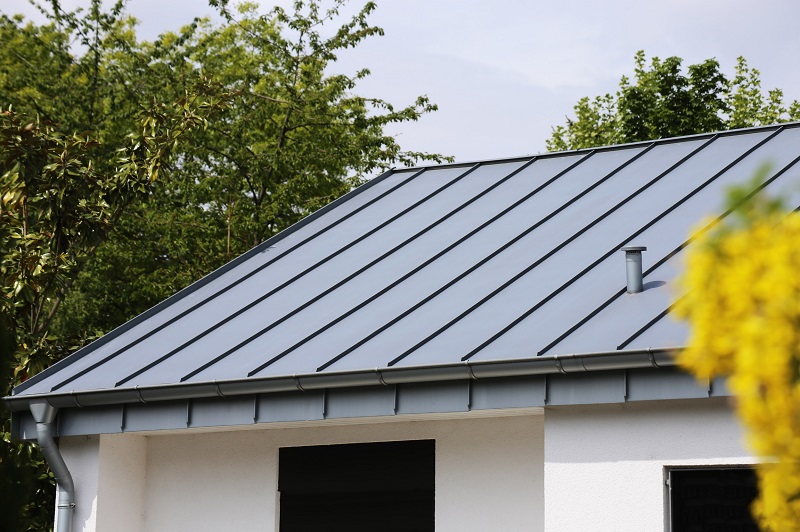
Tile Roofs
Properly attached tile roofs made of clay or concrete are another excellent choice for hurricane-prone areas as they are resistant to wind and heavy rain. They can also withstand impacts from debris and have a long lifespan.

Modern beach house with concrete tile on a hip roof
Asphalt Shingle Roofs with Reinforced Underlayment
Asphalt shingle roofs are a popular choice for residential properties, but they can be vulnerable to wind damage during hurricanes. However, adding reinforced underlayment can help to strengthen the roof and make it more resistant to wind and debris.
How to Protect Your Roof from Hurricane Damage
There are several ways to reinforce your roof to help it withstand high winds and debris. One option is to use hurricane straps, which are metal straps that attach the roof to the walls of the house, creating a stronger connection.
Additionally, installing impact-resistant roofing materials, such as metal or tile, can help to prevent damage from flying debris. Reinforcing the roof deck and using reinforced underlayment can also provide added protection.
It is also important to ensure that the roof is properly installed and maintained. Having frequent inspections to find any damage is a great way to ensure your roof will be protected during a hurricane.
Hailstorms
Though hail large or persistent enough to cause significant damage may not seem to occur frequently, hail damage to homes and roofs takes a massive toll on an annual basis. In fact, Verisk, an insurance risk assessor, estimated that over 6.8 million US properties were affected by one or more damaging hail events in 2021.
Damage Caused By Hail
Depending on the size of the hail, you may be unaware that a hailstorm has caused damage. In some instances, even small hail can cause your shingles to spit or become dented. Only an inspection of the roof would show the damage. Lifting and exposing the shingles will tell how significant the damage is.

Best Roof Types for Hailstorms
One of the best options to protect your roof from hail is to install rubber roofing. This material has the best impact resistance and can withstand the heavy impact of hail as it returns to its original shape.
Metal roofing is also a great material to withstand hail. It is great for protecting what lies underneath your roof. One of the only downsides to a metal roof in a hailstorm is there will likely be visible dents after the storm. This doesn’t mean they necessarily need to be fixed as long as they are not causing any damage, but they may be visible.
How to Protect Your Roof from Hail Damage
To strengthen your roof and reduce the risk of hail damage, there are several steps you can take. One option is to choose impact-resistant roofing materials, such as metal or tile, which can withstand the impact of hailstones.
You can also reinforce your roof with a protective layer, such as a rubberized membrane or reinforced underlayment. Regular maintenance, including cleaning gutters and downspouts, can also help prevent damage by ensuring proper drainage during hailstorms.
Also see:
Tornadoes
Another terrifying natural occurrence, tornadoes can be detrimental to roofs and cause significant property damage. According to Statista, tornado damage in terms of dollars (economic damage) over the period of 1995 through 2021, peaked in 2011 at $9.5 billion, with the lowest level occurring in 2016 at $183 million.
- Damage Caused by Tornadoes
- Best Roof Types for Tornadoes
- How to Protect Your Roof from Tornado Damage
Damage Caused by Tornadoes
One of the biggest impacts a tornado can cause to your property and roof is from high wind speeds. At times, tornadoes can have wind speeds as high as 200 mph. This can obviously cause severe detrimental damage to your property.
Higher wind winds can also pick up large and heavy pieces of debris which can land on your roof and property. High winds can pull up shingles or even make holes in your roof. It is essential to be prepared for the catastrophic damage that high wind speed tornadoes can cause.
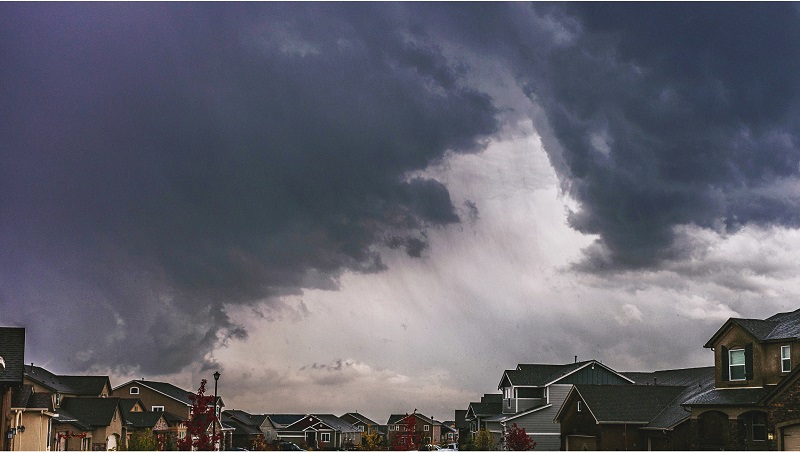
Best Roof Types for Tornadoes
When it comes to roofing, several options can help combat the impact of tornadoes. Metal roofs are among the best choices, as they are highly durable and can withstand impacts from debris.
Additionally, standing seam metal roofs can provide extra strength and protection against high winds. Concrete and clay tiles are also an option as they can resist strong winds and heavy rain. Impact-resistant shingles can be a suitable choice for those who prefer a more traditional look.
How to Protect Your Roof from Tornado Damage
If you live in an area that is often plagued by tornadoes, it’s important to look into how you might be able to prepare your roof for such threatening circumstances. For example, if you live in a tornado-prone area like northern Alabama and are building a new house or looking to improve your current residence, it would be worthwhile to reach out to a roofing contractor in Huntsville, as their expertise would be specific to the weather patterns and climate in that part of Alabama.
Moving into some of the strategies to strengthen your roof, the first effective method is to reinforce the roof’s connection to the walls using hurricane straps or other metal connectors.
Additionally, adding a secondary water barrier, such as a rubberized membrane or reinforced underlayment, can help protect against water damage during high winds and heavy rain. Impact-resistant roofing materials, such as metal, tile, or shingles, can also provide added protection against debris impacts.
Firestorms
Firestorms can be very destructive to homes, especially if your roof is not well-suited against the impact or spread of fire. Though firestorms may not be a frequent natural occurrence in many parts of the US, certain regions, such as Northern and Southern California, have annual fire seasons.
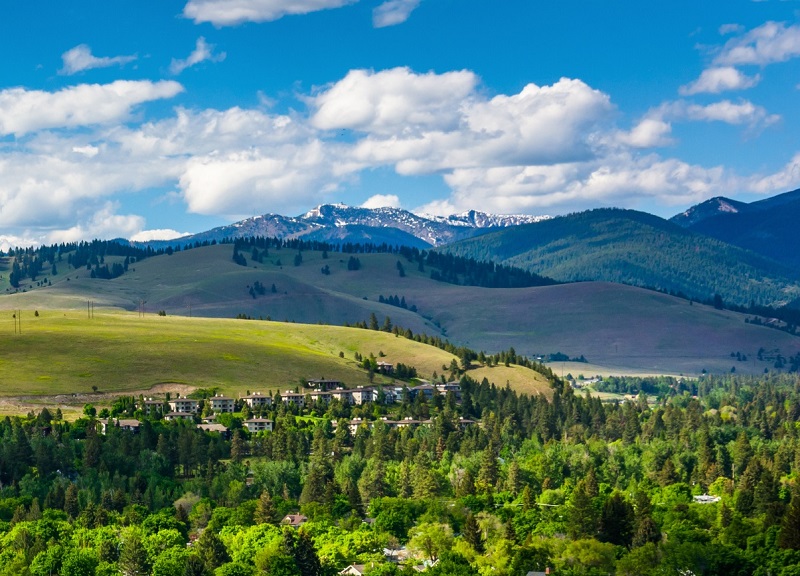
These “seasons” mark periods when the likelihood of firestorms igniting is high is due to recurring natural phenomena, such as hot weather, strong Santa Ana winds, heavy patches of dry vegetation, and long stretches of rainless weather. Adding to this threat is increased human recreational activity during warmer months in or near forest areas (e.g. hiking, camping, barbecuing, and traveling by car which all can be sources of fire-inducing sparks).
Even if you do not live in an area prone to firestorms, these preventive measures can be applied to any home as methods to mitigate the chances of fire spreading from one residence to the next.
- Damage Caused by Firestorms
- Best Roof Types for Firestorms
- How to Protect Your Roof from Fire Damage
Damage Caused by Firestorms
Large firestorms can be caused by multiple sources such as a wildfire, a campsite fire that wind picked up, or blown embers that ignite property elsewhere. Despite the source, when a home ignites it can very quickly get out of hand. Most homes have some sort of ignitable material, so if not properly taken care of this material can ignite and burn down your property.
A lot of the time homes burn down due to untreated damage on the roof. If a wood shingle has become broken then the underlayment is exposed. All of these factors can ignite, causing damage to both your roof and the entire home.
Cracked chimneys due to water, snow and ice intrusion can also enable fires to spread more easily and quickly whether the fire is external to the house or within.
Best Roof Types for Firestorms
Metal roofs are among the best options for fire resistance, as they are non-combustible and can withstand high temperatures.
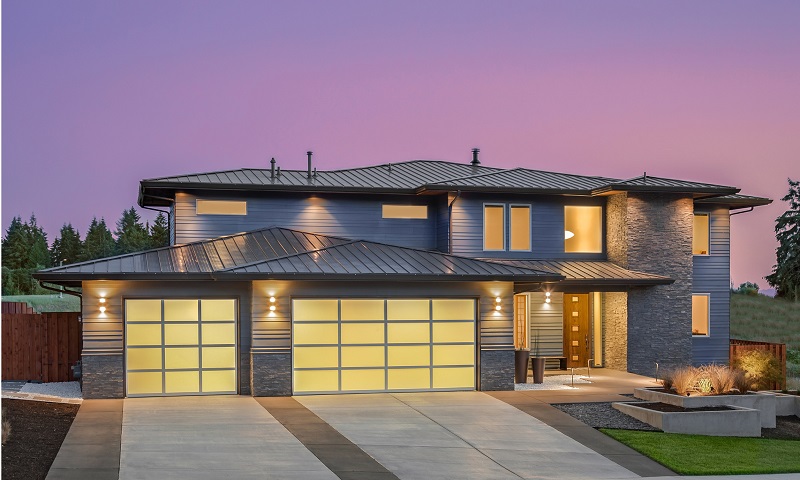
Additionally, concrete and clay tile roofs are also highly resistant to fire due to their composition.
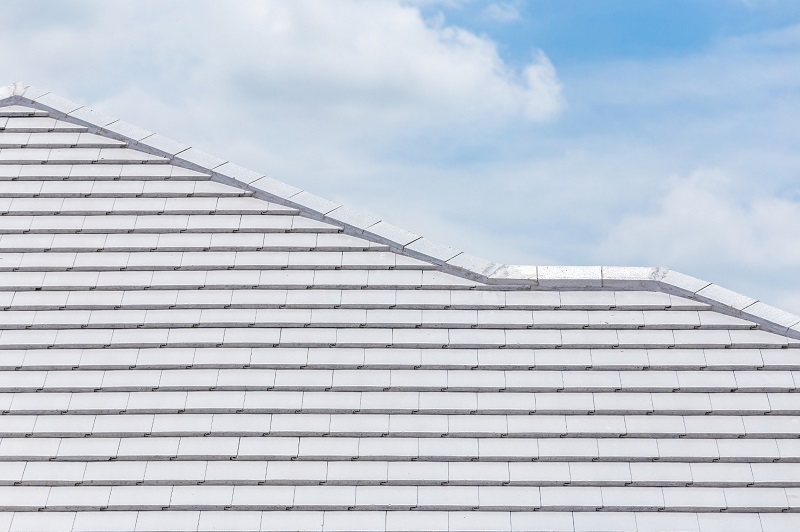
Closeup view of concrete tiles
Asphalt shingle roofs can be made more fire-resistant by adding a layer of fiberglass or other fire-resistant material to the underlayment. Proper installation and maintenance are also crucial in ensuring that the roof remains fire-resistant.
Additionally, it is essential to regularly clean gutters and debris off your roof as that could ignite and cause damage. Having a professional inspect your roof frequently if you live in an area with a high risk of a firestorm, or in a densely populated area, is essential to preventing or mitigating property damage due to fire.
How to Protect Your Roof from Fire Damage
To protect your home and property from a fire, it is crucial to take steps to strengthen your roof against potential damage.
One option is to choose a fire-resistant roofing material, such as metal or clay tiles, that can withstand high temperatures and minimize the risk of fire spreading to the roof. Another effective method is to use fire-retardant coatings, which can be applied to most roofing materials to help slow the spread of fire.
Lastly, when defending your property against the threat of fire, you also need to take a holistic approach to your entire property. This includes looking at your outdoor areas for unnecessary or risky sources of “fire fuel”. An extreme example would be improper storage of combustible supplies like paints, varnishes and paint thinners that are exposed to the sun in high temperatures.
Landscaping is another critical element of protecting your home and roof from fire, starting with your surrounding trees. Tree can be dangerous due to their flammability, canopy, and proximity to your house and roof.
Fire-resistant landscaping, referred to as firescaping, is another highly-effective defensive method to reduce the chances of an outdoor fire spreading to your home and roof.
Snowstorms
Those living in colder areas will be quite familiar with snowstorms. No matter how much snow accumulates, there is still the risk of damage to your roof during any snowstorm.
- Damage Caused by Snowstorms
- Best Roof Types for Snowstorms
- How to Protect Your Roof from Snow Damage
Damage Caused by Snowstorms
There are three elements of a snowstorm you should anticipate that could cause damage to your property and roof:
1. Heavy Snowfall
In more extreme cases, snow can accumulate in large amounts, making it quite heavy wherever it is falling. If enough snow collects on your roof, it could lead to leaks, sagging, or even a collapse.
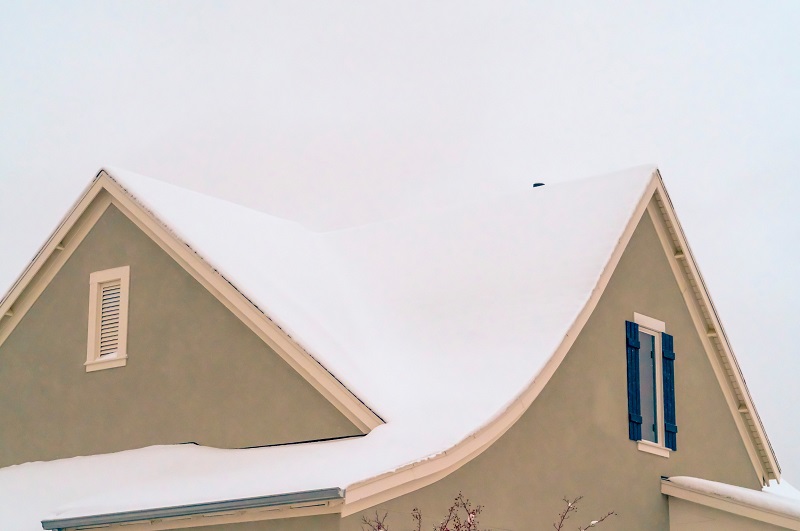
2. Ice
During any snowstorm the temperature must drop below freezing for snow to form. However, if the temperature drops significantly further, some of the snow can turn to ice or even freeze when it reaches the ground.
In terms of your roof, if ice and snow accumulation is too heavy it can cause the roof to cave in. Other times, as the snow and ice begin to melt it can leak into your gutters and cause them to become clogged and start to leak into your home.
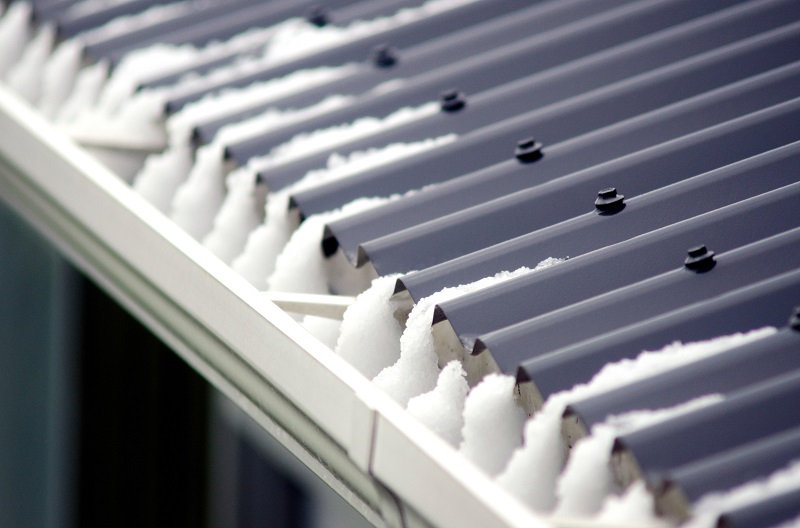
3. High Winds
Extreme snowstorms can also come with high-speed wind. If the speeds are strong enough, winds can rip apart certain aspects of your roof. For example, if you have shingles, high-speed winds can pry them off. This exposure can then lead to moisture seeping into your home.
Best Roof Types for Snowstorms
If you live in an area with frequent snowstorms it may be prudent to invest in a roof that is best suited to protect your home against the specific elements of snowstorms. Some great options include synthetic tiles, any metal materials, and slate.
Synthetic tiles are a great option for snowy climates due to their strength, durability, resistance to high winds, ability to handle freeze-thaw cycles, and high insulation rating for improved energy efficiency. They are also fairly lightweight and easy to install making them a cost-effective option. Homeowners also like that the fact that their appearance can mimic traditional shingles.
Metal is a great roofing material, as well, due to the fact snow just slides off it. Make sure to install an angled roof though rather than a flat one to prevent accumulation.
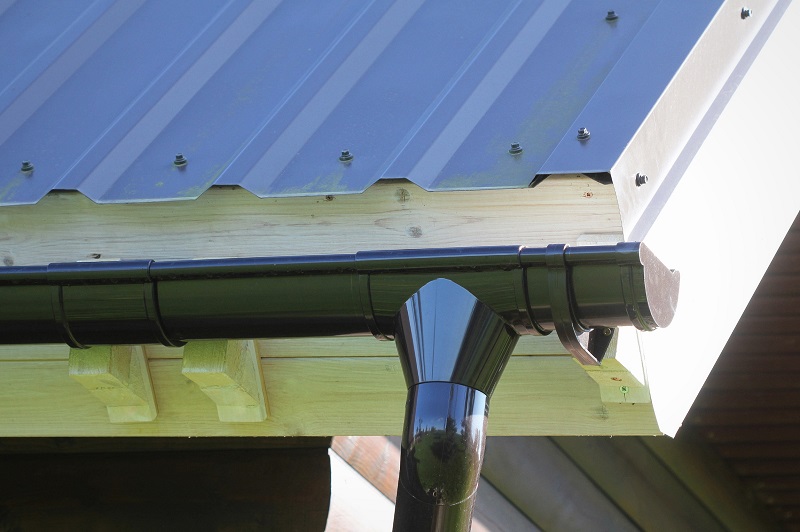
Lastly, slate is an ideal roofing option for snow because it is heavy and durable, protecting your home from snow caving in or causing leaks.
How to Protect Your Roof from Snow Damage
One of the best ways to upgrade your roof to protect it from snow damage is to install it at an angle. Anything with a slope of 50% or above is a great way to make sure snow slides off as it starts to accumulate.
Another option is to upgrade your roof to the material listed above. This way you can ensure the potential risks to your roof and interior of your property.
Homeowner Storm Statistics
When it comes to protecting your roof and home, it’s imperative to research which types of storms pose the greatest risks to your roof type, home and local community.
Here are a few graphical data representations to give you context of the severity and locations of naturally reoccurring storms and disasters, as well as other related statistical findings that homeowners should take under consideration.

Image courtesy of NOAA.
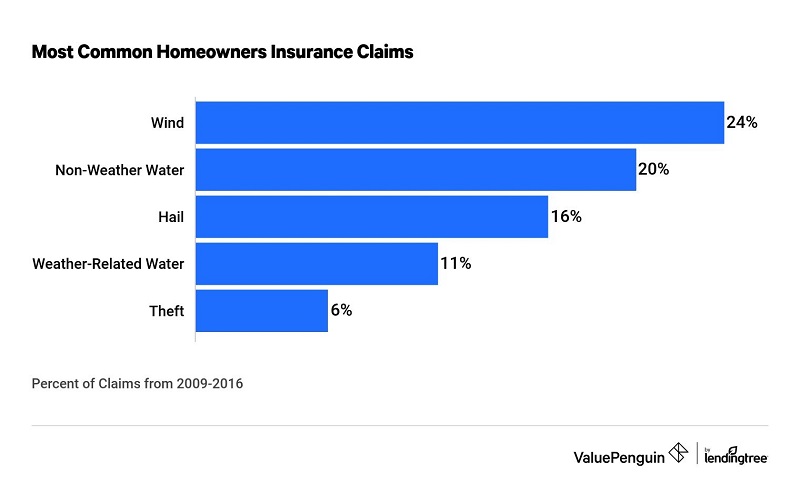
Image courtesy of ValuePenguin
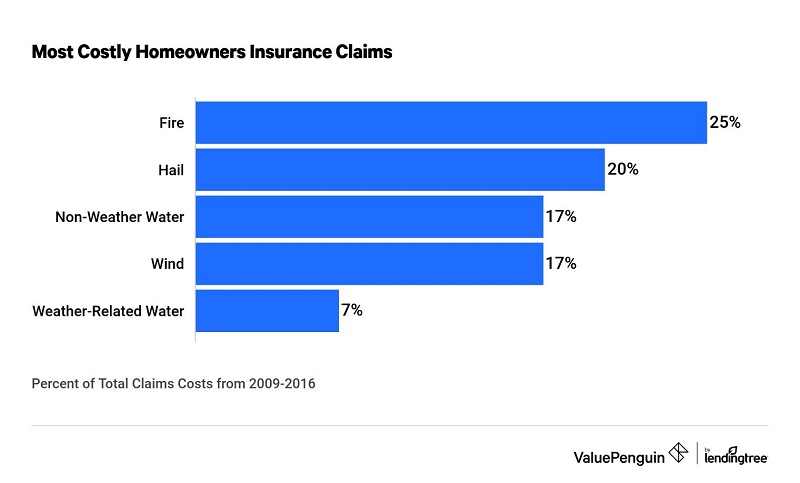
Image courtesy of ValuePenguin
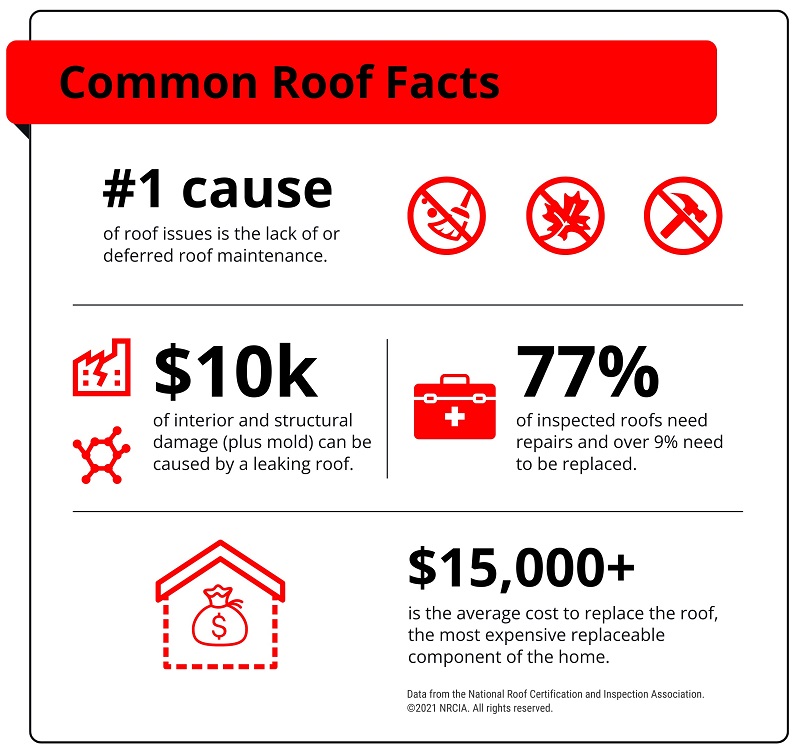
Image courtesy of NRCIA
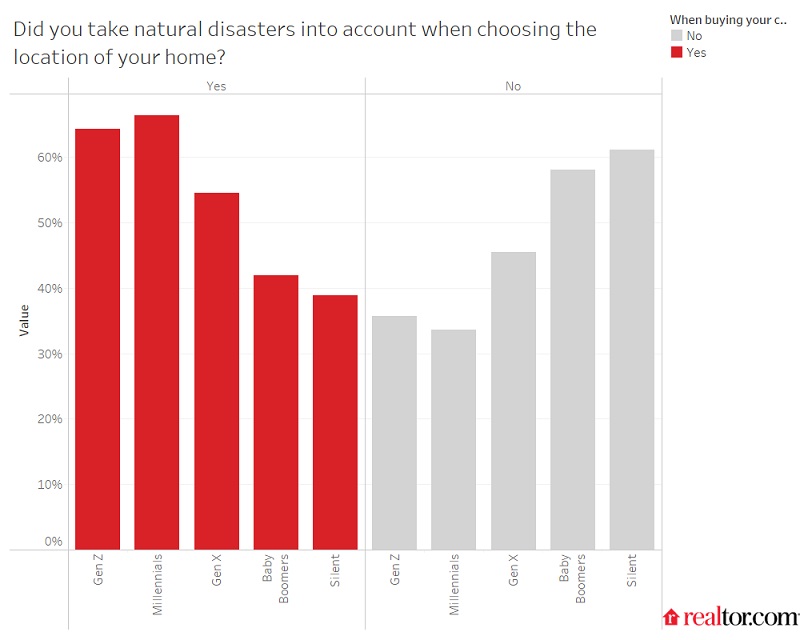
Image courtesy of Realtor.com
Additionally, working with a reputable local roofing professional can help you incorporate the best defenses when it comes to protecting your roof from a wide range of damaging storms.
Also see:
More Recommended Protection & Safety Articles
- The Traits & Risks of Dangerous Trees: Is Your Property Safe?
- Uber Apps for Lawn Care & Outdoor Services
- Pestie: The 411 on the Popular DIY Pest Control Subscription Service
- 7 Ingenious Tech Products for Weed and Pest Control
- Improve the Health of Your Garden & Lawn with Professional Pet Waste Removal Services
| Purgula is reader-supported. When you click on links to other sites from our website, we may earn affiliate commissions, at no cost to you. If you find our content to be helpful, this is an easy way for you to support our mission. Thanks! Learn more. |

